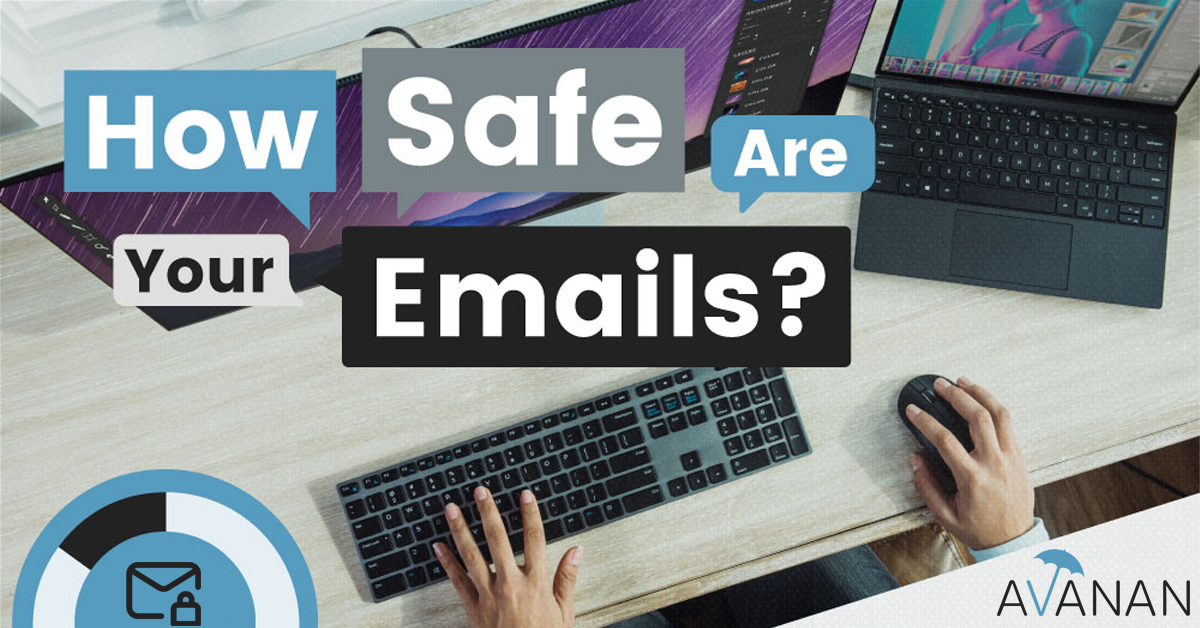Overview:
Recently, the Chief Security Officer (CSO) of Qualtrics, Assaf Keren, intentionally created a deepfake of the company’s president.
In the video, the executive discussed the gravitas of video and voice impersonations, providing a warning for the future.
The objective was to increase employees’ understanding of the very real threats that deepfakes pose and to create an opportunity for learning.
Further Information
With just a few dollars and a short voice sample, cyber scammers can easily impersonate CEOs and other executives to manipulate people and outcomes. Last year, deepfake threats increased by 3,000%, according to IBM.
While Qualtrics may not be the top target for deepfake-focused threat actors, there are far less probable targets that have already experienced phishing and malware scams involving deepfakes.
Your organization could be next.
Actionable Insights
Can your current systems, processes and technologies keep your organization safe from deepfake threats?
To level-up your deepfake prevention strategy, consider the following:
1. Advancing education. Provide employees with advanced education around recognizing signs of deepfake technology use and in understanding the psychological manipulation tactics that hackers commonly deploy in impersonation attempts.
2. Implementing verification protocols. Create a validation process for internal, high-stakes communications. Adopt an internal communication channel with built-in authentication features, if possible.
3. Investing in cutting-edge technology solutions. Leverage email and collaboration tools that are powered by AI and machine learning algorithms that can identify synthetic media and fraudulent content.
For the latest phishing and malware prevention information, read this whitepaper. To see how Harmony Email & Collaboration can protect your organization, get a demo.





